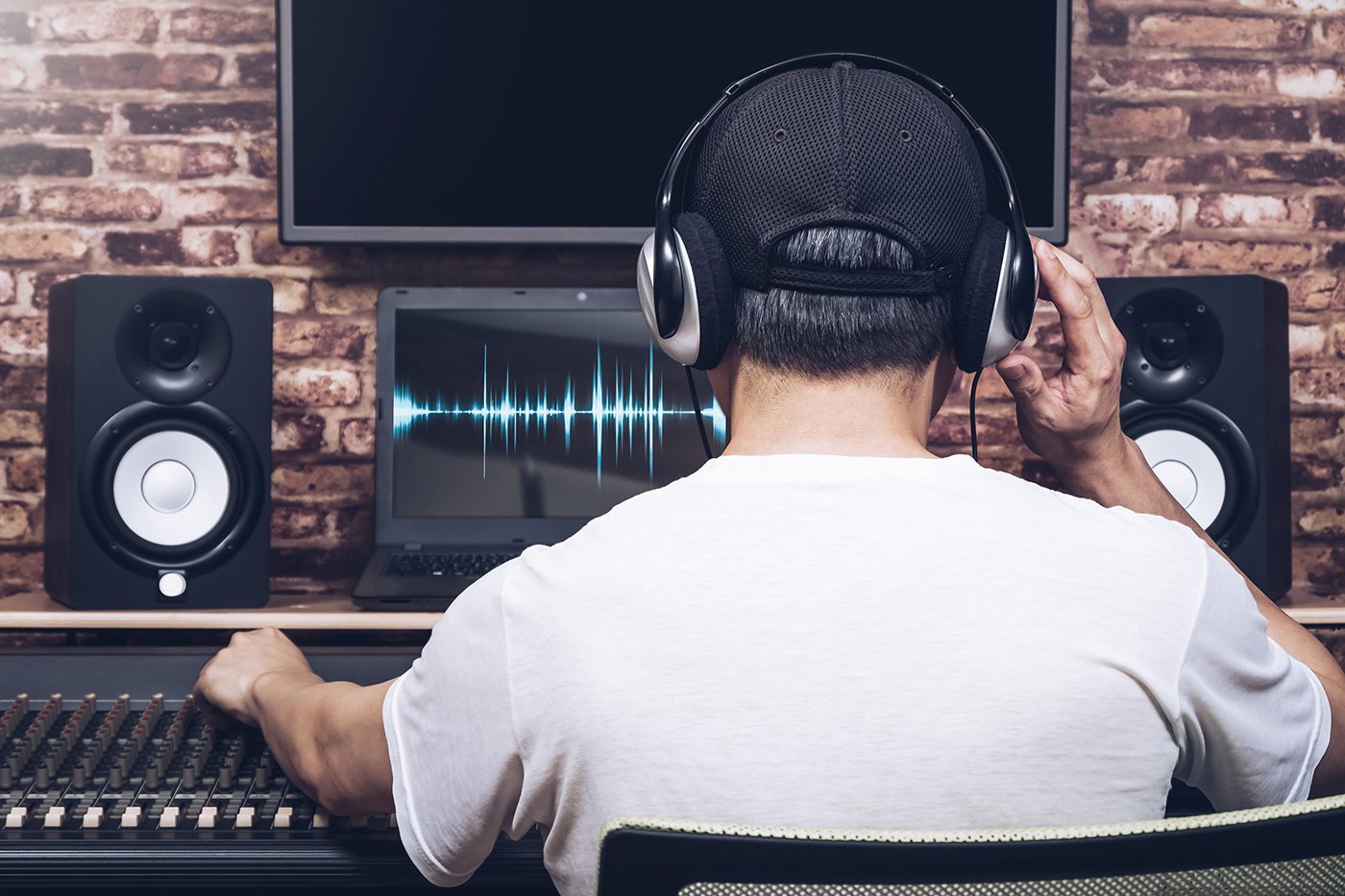
“I would rather write 10,000 notes than a single letter of the alphabet” – Ludwig van Beethoven
Audio editing
While the recording of a track may sound OK without any editing, a few improvements in terms of fixing noticeable timing issues, getting rid of unwanted noise such as unnecessary breaths, pops and clicks and reducing sibilance, or harsh high-frequency sounds from vocalists can turn a good recording into a “professional” one.
MIDI editing
MIDI stands for Musical Instrument Digital Interface.
It is a way to connect devices that make and control sound — such as synthesisers, samplers, and computers — so that they can communicate with each other, using MIDI messages.
MIDI can be played by a MIDI enabled instrument and recorded as a track on a Digital Audio Workstation (DAW). This recording can be edited down to fine detail.
A great advantage with MIDI is that just about any sound can be applied to that MIDI track which allows great creativity in the music creation and mixing stages.